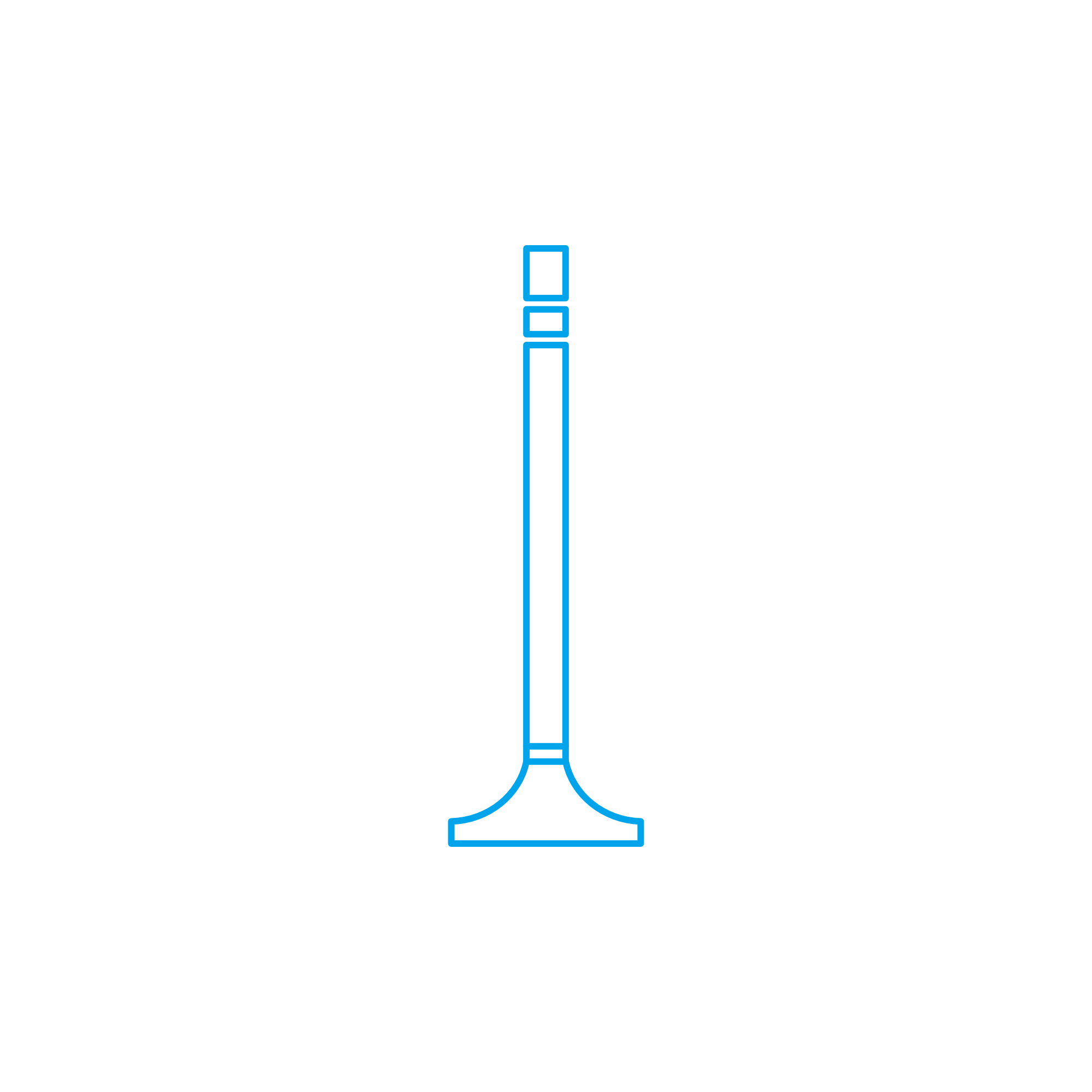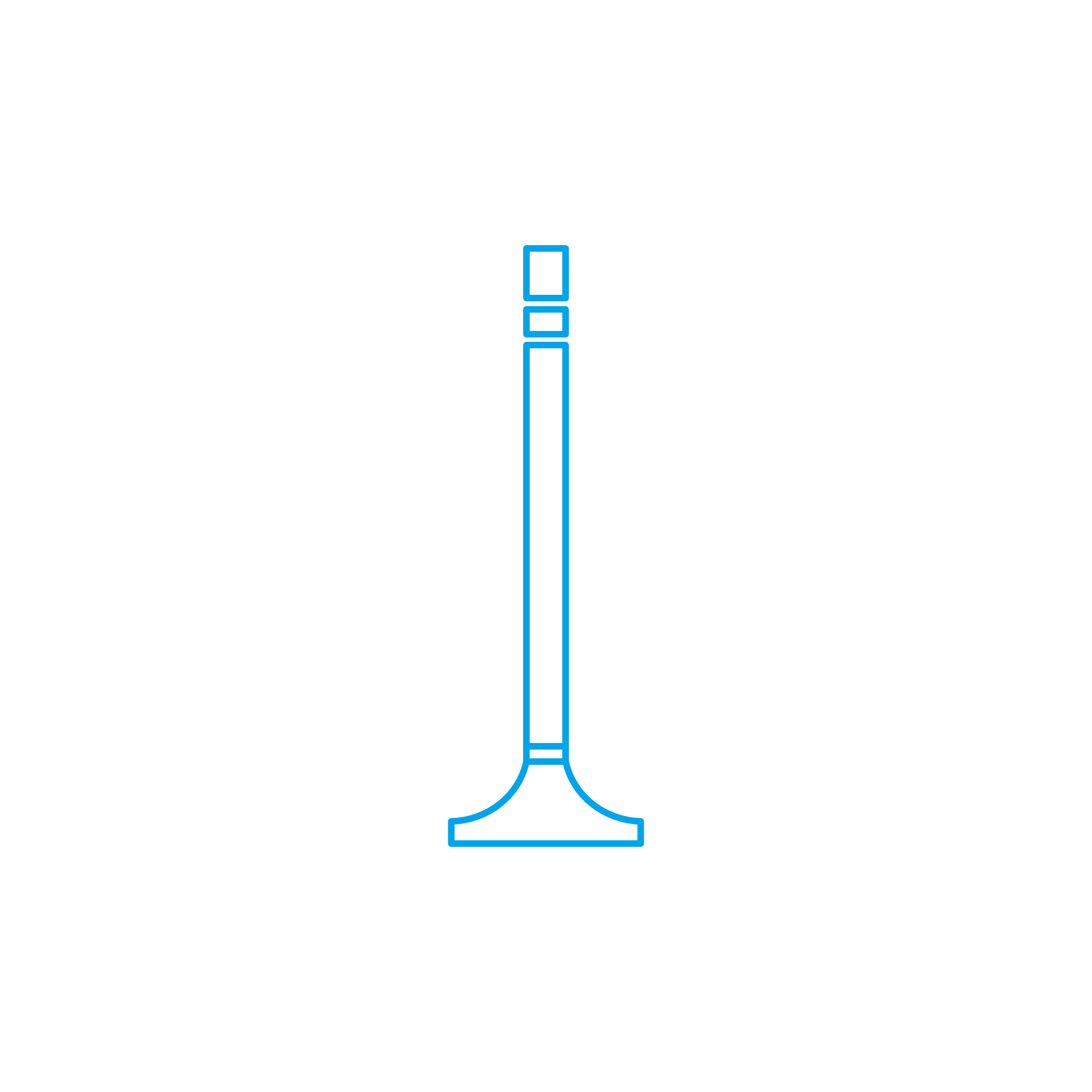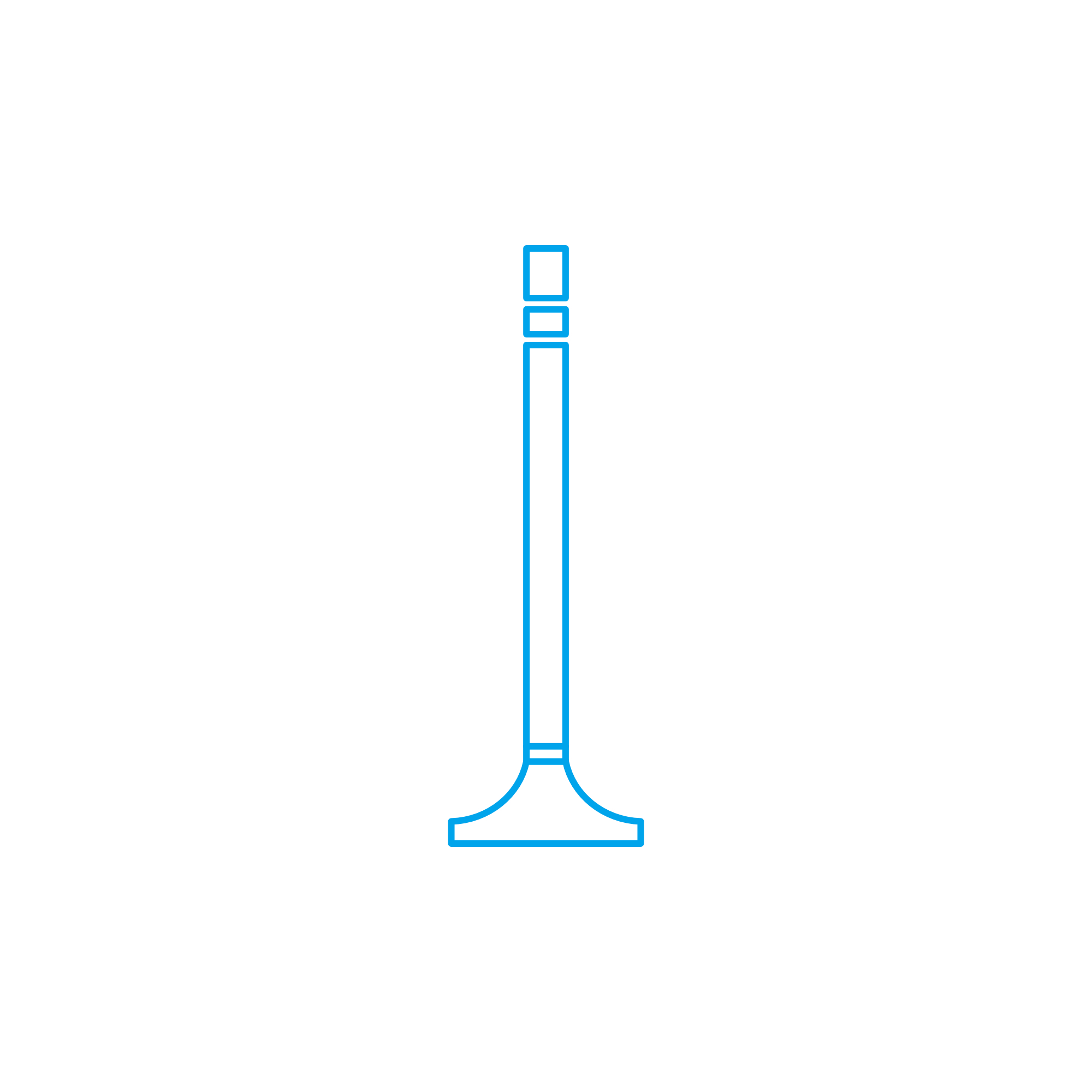CYLINDER HEAD bare recondit. and valve train components for diesel and marine engines
Valve train components are the precision parts inside the cylinder head that control the opening and closing of intake and exhaust valves. In both diesel and gas engines, including demanding marine engine applications, these components determine how efficiently air enters and exhaust leaves the combustion chamber. They sit at the heart of combustion control, directly affecting power density, fuel economy, emissions, and operational safety. Whether paired with a CYLINDER HEAD bare recondit. assembly or installed during a top-end overhaul, a well-matched valve train ensures reliable breathing, stable timing, and consistent performance over long service intervals.
Technical function of valve train components in the context of a CYLINDER HEAD bare recondit. diesel engine
The valve train converts the camshaft’s rotational motion into precise linear valve movement. In a typical heavy-duty diesel engine, the camshaft actuates tappets/lifters, pushrods, and rocker arms to drive valves against their springs. Seats and guides in the cylinder head stabilize and seal the valves, while retainers, locks, and springs control dynamics at high RPM and under high thermal load. Installed into a CYLINDER HEAD bare recondit. marine engine head or an industrial power unit, these parts must hold exact clearances to preserve compression, avoid valve-to-piston contact, and maintain the designed valve timing and lift profile.
Correct function depends on metallurgy, heat treatment, surface finish, and geometry. Valve stems must run true in guides with controlled lubrication to prevent scuffing. Seats require precise angles to seal combustion pressures and manage heat transfer out of the valve face. Springs must deliver consistent seat and open pressures to prevent valve float at rated speed. In turbocharged applications, rocker shafts and bushings endure elevated loads, demanding wear-resistant materials and accurate oiling. When paired with CYLINDER HEAD bare recondit. OEM parts, the valve train maintains the engineered cam profile behavior, supporting emissions compliance and dependable output.
- · Precise airflow control for intake and exhaust.
- · Stable combustion through accurate valve seating.
- · High-temperature durability in diesel and gas duty cycles.
- · Optimized dynamics to prevent valve float and bounce.
- · Tight tolerances for consistent compression and power.
- · Robust lubrication paths to reduce wear and scuffing.
- · Material and surface specs aligned with OEM parts.
- · Compatibility with CYLINDER HEAD bare recondit. assemblies.
Why valve train components are critical for engine reliability and service life
In continuous-duty environments—propulsion, auxiliary generators, or offshore support—valve train integrity is decisive. Wear in guides increases oil consumption and carbon buildup. Seat recession reduces compression and can burn valves. Fatigued springs cause float, misfire, and impact damage. Worn cam lobes or rocker tips alter timing and lift, degrading volumetric efficiency and raising exhaust temperatures. Any of these issues in a marine engine can escalate to unplanned downtime, expensive towage, or schedule disruption.
Maintaining correct clearances (lash), surface finishes, and spring pressures protects the cylinder head, pistons, and turbocharger from secondary damage. Properly specified valve train components sustain stable combustion, smoother operation, and lower specific fuel consumption. They also preserve the safety margin against backfire in gas engines and prevent high exhaust manifold temperatures that can stress aftertreatment systems. Coupled with a CYLINDER HEAD bare recondit. diesel engine top end, a healthy valve train underpins consistent power delivery and extended time on station.
Advantages of OEM spare parts suitable for valve train components
Specifying OEM spare parts suitable for valve train components helps you protect performance, reliability, budget, and service life. These parts adhere to the dimensional and material standards the engine was built around, reducing installation time and the risk of rework. When replacing seats, guides, valves, springs, or rocker assemblies in a CYLINDER HEAD bare recondit. marine engine head, precision matters: correct stem-to-guide clearance, seat concentricity, spring rate windows, and surface hardness translate directly into stable timing and long component life.
OEM spare parts also arrive with consistent quality control and traceability. That consistency supports predictable overhaul outcomes and enables fleet-standardized maintenance plans. Over the lifecycle, fewer premature replacements, reduced fuel penalties from poor sealing or timing drift, and minimized collateral damage yield a lower total cost of ownership. For purchasers and superintendents, the result is dependable availability, a clean fit with existing documentation, and confidence that CYLINDER HEAD bare recondit. OEM parts will match the engine’s performance map and emission setup without unplanned tuning.
MOPA as your partner for OEM spare parts valve train components
MOPA supplies OEM spare parts suitable for valve train components with a focus on speed, quality, and security in the trade of OEM parts for diesel and gas engines. From valves, guides, and seats to rocker arms, shafts, and spring packs, MOPA provides parts aligned with the specifications of CYLINDER HEAD bare recondit. applications across marine engine platforms. Our network and logistics ensure short lead times, reliable delivery windows, and documentation that supports class and audit requirements.
Whether you are planning a scheduled top-end overhaul or responding to condition-based maintenance findings (e.g., elevated seat leakage or out-of-spec spring pressures), MOPA helps you source precisely matched OEM parts. We emphasize batch consistency, traceability, and technical support so your team can return engines to service quickly and with confidence.
CYLINDER HEAD bare recondit. OEM parts for marine engine overhauls
For shipowners and technical managers, aligning valve train components with CYLINDER HEAD bare recondit. OEM parts streamlines docking schedules and reduces commissioning risk. MOPA’s portfolio supports planned exchanges, riding squad jobs, and rapid spares replenishment, keeping propulsion and auxiliary sets online and efficient.
Conclusion
Valve train components define how effectively an engine breathes, seals, and endures. In combination with a CYLINDER HEAD bare recondit. assembly, correctly specified parts protect power output, fuel economy, and uptime. Choosing OEM spare parts suitable for valve train components secures consistent quality, fit, and long service life—key advantages for reliable diesel and marine engine operation.




